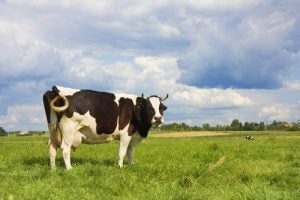As the U.S. works to stabilize the climate and foster innovative domestic industries, reducing emissions from agriculture — currently about 10% of annual emissions — is a critical piece of the puzzle. Yet federal R&D investments in agricultural climate solutions remain 35 times smaller than clean energy R&D investments.
Of the limited agricultural R&D spending, funds aren’t going to one of the biggest climate opportunities. Enteric methane emissions, released as livestock digest their food, account for 28% of U.S. agricultural emissions, but only 2% of federal R&D mitigation funds go toward enteric methane solutions, according to new research from The Breakthrough Institute and Environmental Defense Fund.
This mismatch will increasingly put U.S. farmers and ranchers at a competitive disadvantage in global markets and misses a top climate opportunity. Congress and USDA can remedy the mismatch in the next farm bill. Read More












 The White House Council on Environmental Quality (CEQ) recently released an intriguing report on how the United States can transition to a low-carbon economy by 2050 while continuing economic growth. The report gives a starring role in this job to agricultural lands.
The White House Council on Environmental Quality (CEQ) recently released an intriguing report on how the United States can transition to a low-carbon economy by 2050 while continuing economic growth. The report gives a starring role in this job to agricultural lands.